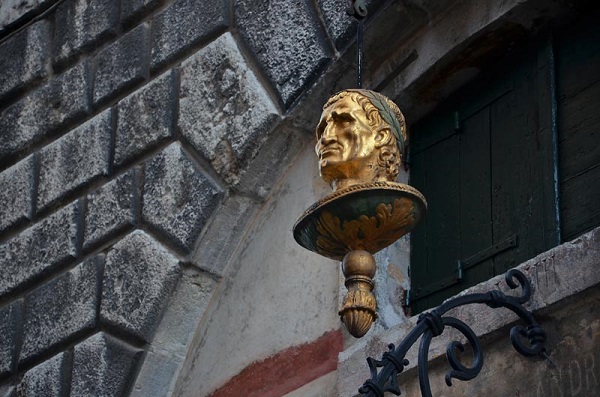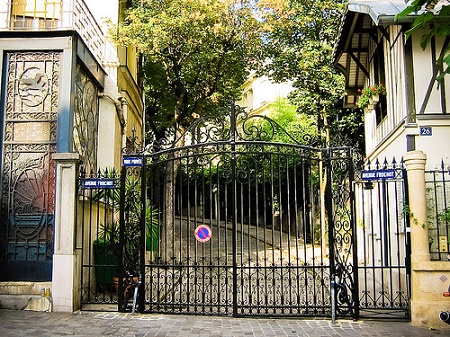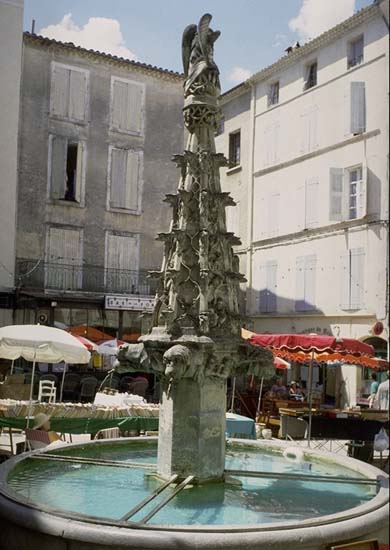
On the wall to the left of the main entrance of the church of San Domenico Maggiore, Naples is a marble plaque inscribed with Latin verses whose meaning has totally baffled even the most eminent researchers from the 17th century to this day. The plaque is also a mystery as nobody knows its provenance, author or exact date.
In the 17th century, Giovanni Antonio Summonte wrote in his Historia di Napoli that in 1560, while the Dominican owners of the convent were having restoration work done on the church, this inscription was found below the marble slabs covering the floor. Also seen at the bottom left was the image of a man wearing a sort of homespun robe, kneeling and with his hands clasped in prayer. As the monks thought it had something to do with water, they placed the plaque near the cloister’s well. In 1605, it was moved to its present site.
Here is a literal translation:
“The bringer of storms begrudged me the Sun, dear to God, and with the rain he carried far away the human bodies submerged in the sea. Now we suffer less cruel calamities; and beware the sinister Trojan line scattered under the sky. With my voice I beg the spirits and the guiding lights above, who with sin purged can pave the way to heaven. As the radiant Sun shines again, penetrating the water, the ice melts with the heat.”
The lettering is mid-15th century style, but some words suggest that this could have been copied from a 13th-century inscription.
Philosophers and historians of different periods have put forward a number of hypotheses. Some went for the simplest explanation: a mischievous soul wanted posterity to rack its brains! Others saw in it the story of a shipwreck by a survivor who, perhaps for superstitious reasons, didn’t want to be understood. Philologist A.S. Mazzocchi (18th century) went so far as to assign the four couplets to Petrarch, who reportedly described the terrible storm of 1345 during the reign of Joan I of Anjou.
For his part, historian S. Volpicella (19th century) interpreted it as a denunciation of the supposed poisoning of Saint Thomas Aquinas by Charles I of Anjou (the bringer of storms), of the Capetian line (sinister Trojan line). The Dominican C. Di Gregorio (17th century), careless of anachronism, claimed it was probably directions written by his confreres to find extremely valuable sacred objects hidden during the siege of Naples by Marshal Lautrec’s troops in 1528. The list of alternate versions goes on….
Whatever the origin and whether the truth of the inscription will ever be known, it is worth paying a visit to the sumptuously decorated complex of San Domenico Maggiore, whose construction began in 1283, for it is of significant historical interest. This Dominican monastery, where Thomas Aquinas, Giordano Bruno and Tommaso Campanella all spoke from the pulpit, was a peerless centre of philosophical study for centuries.
(Adapted from Secret Naples by Valerio Grimaldi Maria Franchini, published by JonGlez)









